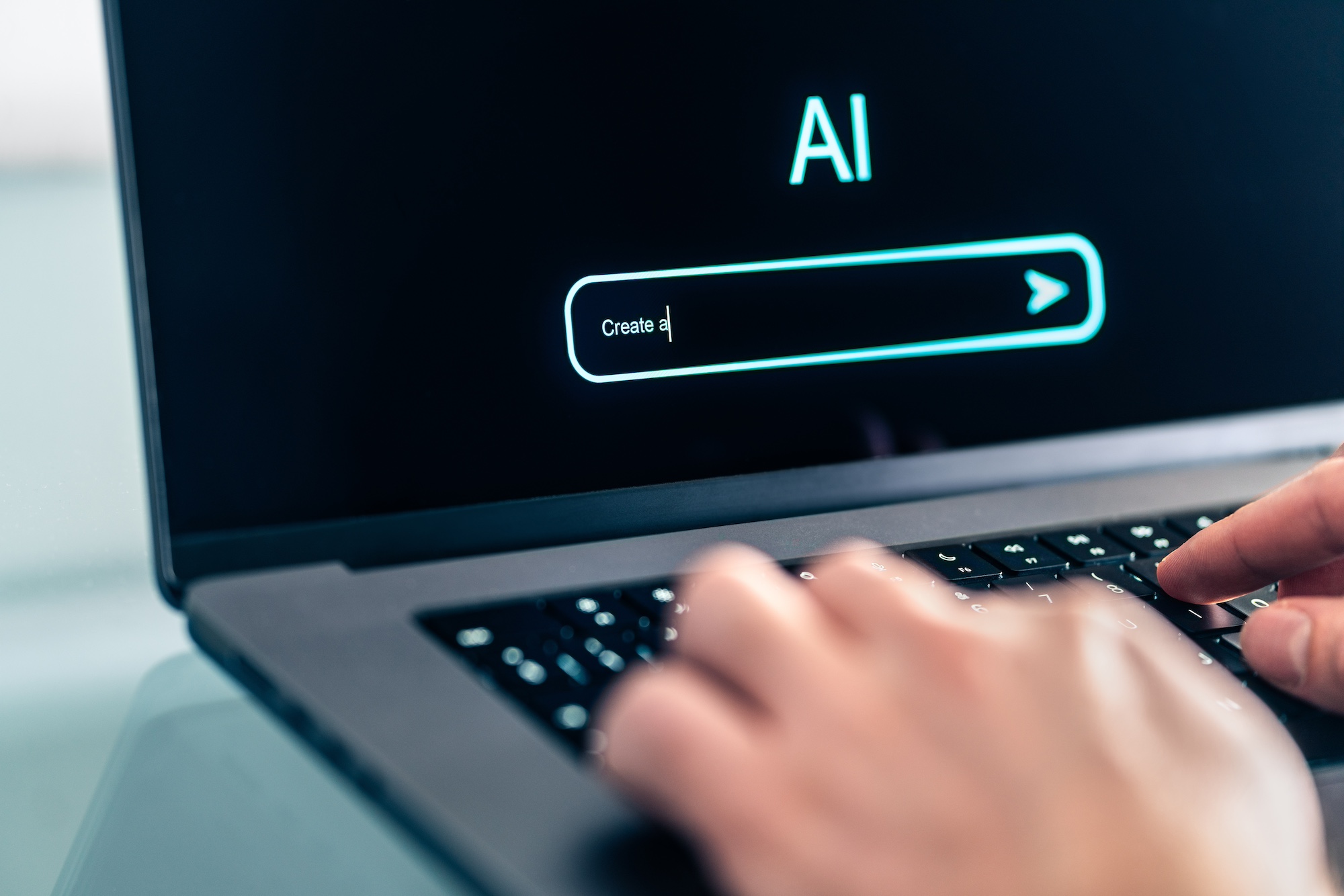
DxMedical Cloud™
Technology for overwhelmingly high-speed detection from all over the world.
We use our unique algorithm to deliver the latest technology and product information from around the world in real time.
Explore the future of healthcare with carefully selected information.
Explore the future of healthcare with carefully selected information.
Login
How We Help You To Empower Your Business
POINT 1.
Quickly Deliver Technical Information
We deliver what you seek quickly and in a short time from technical information from all over the world
POINT 2.
Briefly to the Point
A wealth of detailed features makes it easy to understand the main points
POINT 3.
Help with Growth Strategies
The report is also packed with analytical information from the perspective of growth and long-term strategies for business use

Catch Up on the Latest Information
from Around the World
from Around the World
In today's world, where the world is networked by advances in information technology and numerous technologies are evolving at an astonishing speed, it is extremely difficult to manually collect and manage the vast amount of information from all over the world.
DxMedical Cloud™ collects and analyzes professional information from around the world and uses proprietary algorithms to quickly and accurately deliver the information you seek and the best information for you.
search
Quick search in Japanese
You can quickly search for information published in various languages around the world in Japanese. Get the information you need from the vast amount of information available worldwide without having to worry about language barriers.
emergency
Recommendations for You
DxMedical Cloud's proprietary algorithms predict the best information based on your interests and preferences and deliver it to you daily. Stay one step ahead of the curve without the hassle of searching, maximizing your daily information gathering.

Fuzzy Search
In addition to word matching, the search by similar and related keywords delivers news that is often missed due to paraphrasing and shaky spelling.

Japanese Localization
By providing titles and summaries of information from around the world in Japanese, it streamlines the process of “finding” the information you want from search results.

Academic Search
For researchers and professionals, you can search and browse more specialized information, such as articles submitted to journals by universities and research institutes.
More features to enhance your team's productivity

Bookmark
Instantly save and manage information that you like or want to look at later because you don't have time, with the bookmark function. You can access the information you need without hassle, saving you a great deal of time and effort.

Note Editor
Simple and intuitive operation allows you to quickly consolidate all information into a notebook and organize information efficiently. It can be used as a powerful tool for effective information sharing.

Information sharing
A wide range of information sharing tools are available, including chat and note sharing functions. We support information sharing with your team in all situations, from casual information sharing to organizing information in teams.

Collaboration
Provides task management functions specifically designed to make information gathering and sharing more efficient. In addition to regular task management functions, this useful tool supports information gathering and sharing, improving the productivity of the entire team.

DigitalMedical Open Innovation
BrainEnergy produce DigitalMedical open
innovation from Tokyo, where you can experience the intersection of cool and passionate design and
technology.

Transform Your Business With Cloud
Looking for the Future of Health Care

OUR TECHNOLOGY HELPS YOUR BUSINESS
Our technology will help your business














